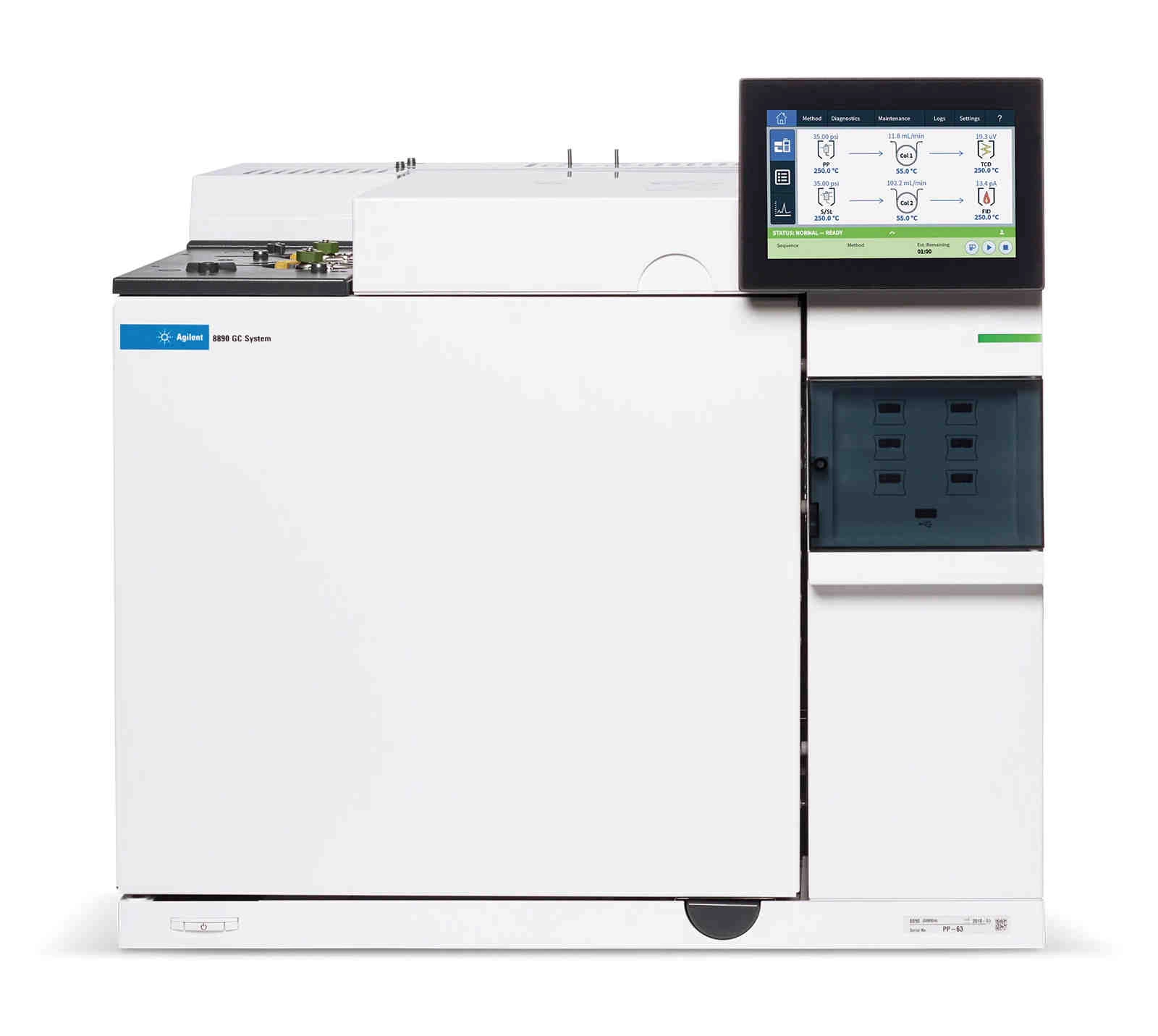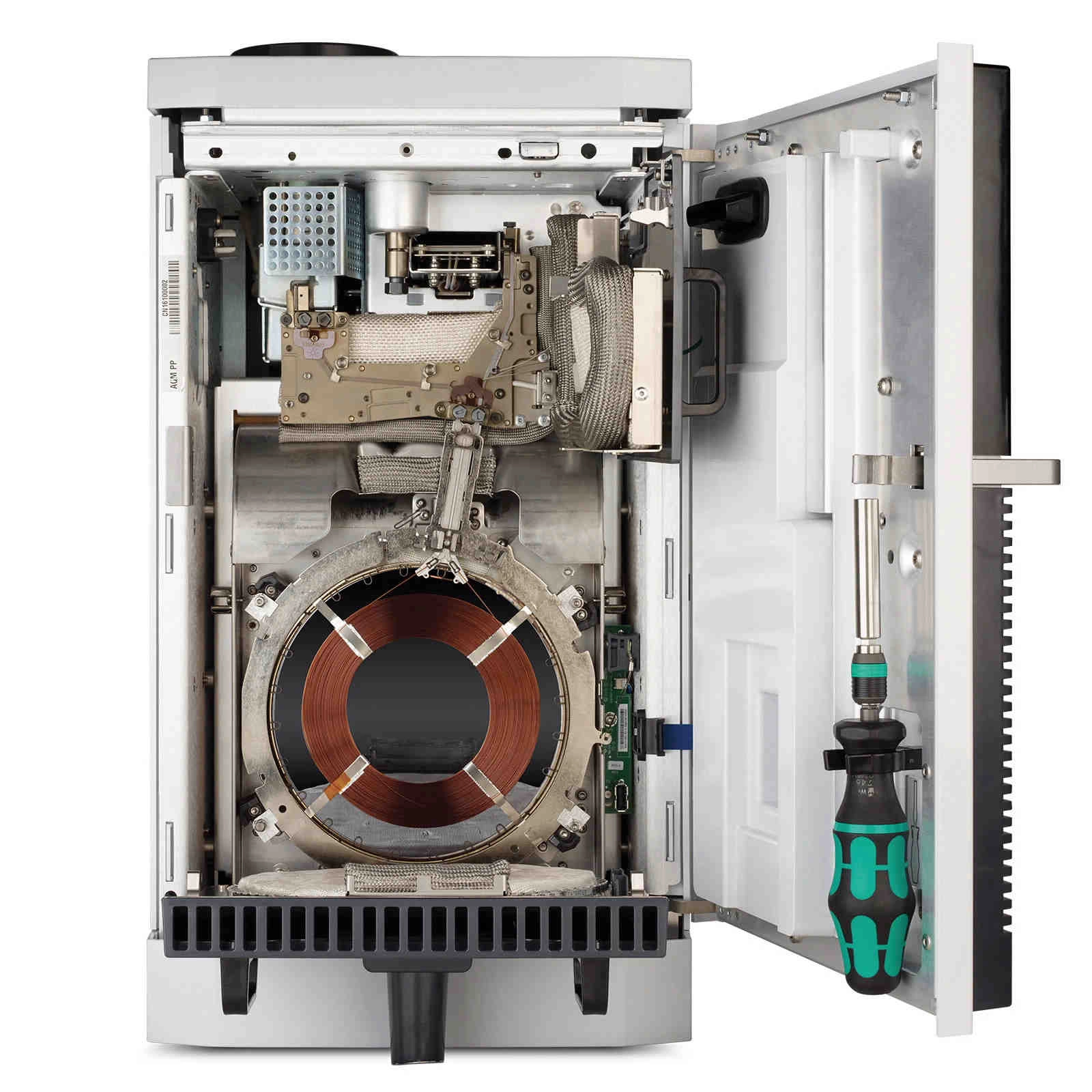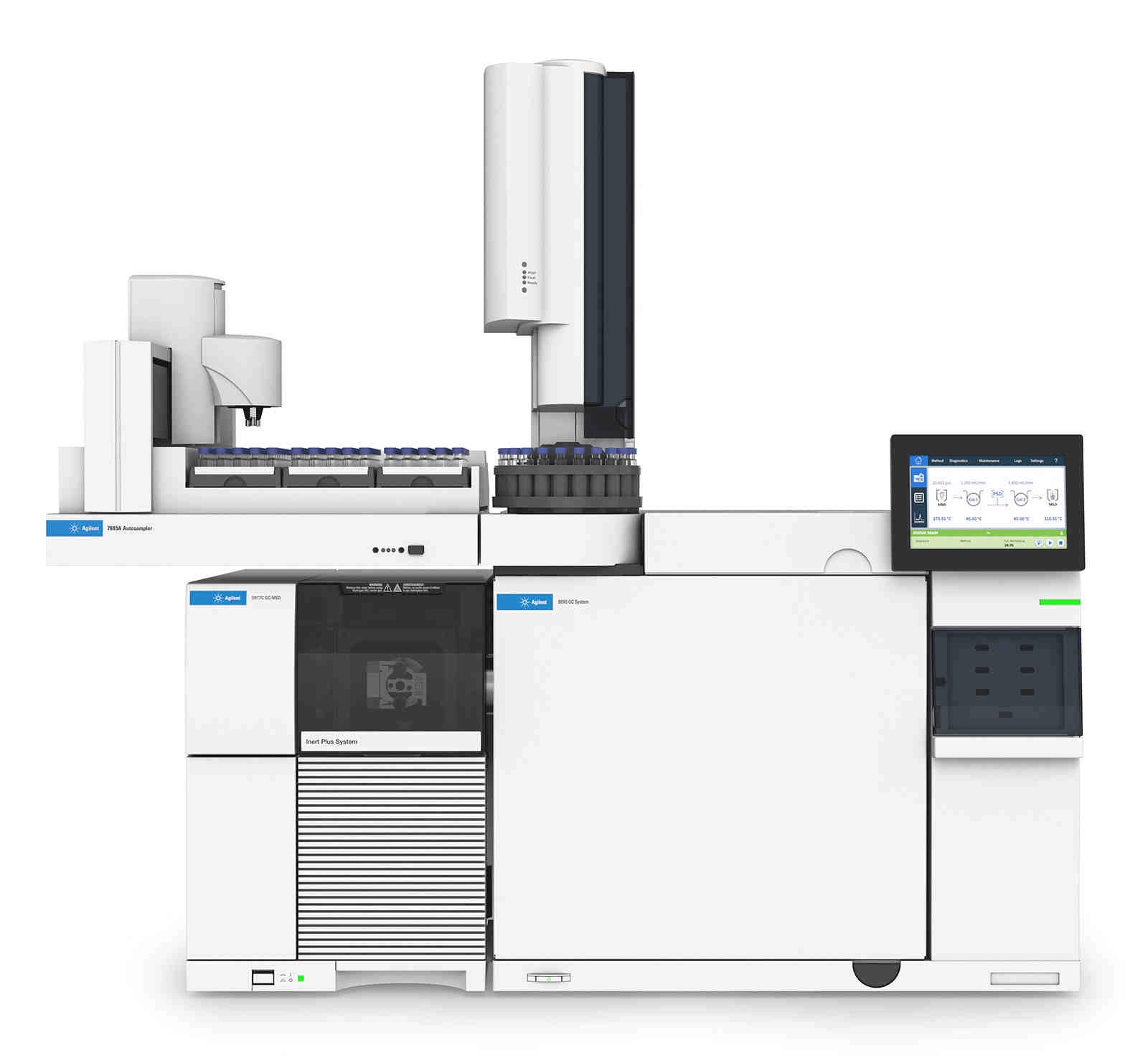
GC and GC-MS solutions for challenges of therapeutic oligonucleotide purification
Several new gc systems offer advantages for the detection of residual solvents, providing solutions to accelerate OGN development and quality testing
Therapeutic antibodies offer great promise for targeted gene modulation and the treatment of diseases. There are challenges, however, in the synthesis and purification of OGNs for testing and therapeutic use. Several new gas chromatography systems offer advantages for the detection of residual solvents and other contaminants arising during synthesis. These systems provide solutions to accelerate OGN development and release testing during OGN production and scale-up to manufacturing.
Oligonucleotide (OGN) synthesis and purification are very active areas of research and development. As opposed to more conventional small molecule therapeutics which target proteins and other biological molecules, OGNs target distinct regions of DNA and RNA in which the target sequence is known. This gives them exquisite selectivity for modulating gene expression, splicing, silencing, and other activities. Antisense (ASO) and small interfering RNA (siRNA) are examples of common OGN platforms.
Challenges of OGN therapeutics include stability, tissue-specific targeting, and delivery, and downstream modifications of purified OGNs are essential to addressing these challenges. Contaminants including incomplete OGN synthesis products (shortmers), extraneous or improper additions (longmers), and other side products must be detected and quantified to adjust the workflow for maximal yield. Residual solvents including acetonitrile, ethyl acetate, toluene, and others arising from the starting materials and/or product mixtures of OGN synthesis reactions, present problems in purification and quality testing.
Although there are currently no ICH or FDA regulatory guidelines that specifically address the quality standards for OGN drugs, ICH Q3C(R6) and ICH Q3D guidelines that cover residual solvents, and elemental impurities, respectively, are applicable to OGN products.
 The 8890 Gas Chromatograph (GC) System
from Agilent can provide fast and accurate results with
flexibility to address specific demands including residual solvents analysis.
The 8890 Gas Chromatograph (GC) System
from Agilent can provide fast and accurate results with
flexibility to address specific demands including residual solvents analysis.
- The system is equipped with 4 detectors including an auto ranging flame ionization detector (FID) which allows detection and quantitation from percent levels to part per billion (PPB) in a single GC injection.
- It offers an operating temperature range of -80 to 450°C depending on the presence of a cryogenic source, with a max temperature ramp rate of 120°C/min (75°C/min for 120V systems).
- It is compatible with single-quad, triple-quad, and Q-TOF MS systems.
The system also benefits from built-in intelligence and autonomous diagnostic features. These include:
- A full-function touch screen that gives a visual report of the system configuration letting you update the active method, perform maintenance routines, and check GC instrument status
- Browser interface that provides remote connectivity enabling you to monitor your smart GC system, check system logs, and perform diagnostics tests, from inside or outside the laboratory
- Built-in intelligence that autonomously monitors the health of the system, alerts the user of potential issues before they affect chromatographic performance, and offers helpful step-by-step guides to resolve issues
The system can be mated upstream with the Agilent 8697 Headspace Sampler.
 The
Agilent Intuvo 9000
is the ultimate GC system for fast, high-throughput, and simplified workflows.
Specifications include:
The
Agilent Intuvo 9000
is the ultimate GC system for fast, high-throughput, and simplified workflows.
Specifications include:
- High-throughput or high-speed gas chromatography with fast heating and cool down
- Direct heating oven that delivers linear and repeatable temperature ramps from 30 °C to 450 °C at 250 °C/min
- Innovative flow path that provides the ability to configure the GC flow path as needed, making backflush installation simple
Smart features include:
- Smart ID Keys attached to critical flow path components that provide information such as configuration and column age with default parameters for configuration
- Intelligent troubleshooting that routinely diagnoses GC system problems by measuring over 100 parameters in real time
- Large touchscreen control with the ability to deliver instrument information wirelessly through secure networks
Mating with the 7697A Head Space Sampler ensures leak-free operation, with no loss of precision or sensitivity. Hydrogen can safely be used as an alternative carrier gas as well.
Take a closer look at the browser interface of the 8890 and Intuvo 9000 GC systems
 The Agilent 5977C GC/MSD is a
routine and reliable workhorse for environmental impurities and food testing,
chemical and petrochemical analysis, as well as the analysis of forensic and
pharmaceutical compounds. The specs and features of this single
quadrupole system make it well-suited for oligonucleotide analysis and residual
solvent detection.
The Agilent 5977C GC/MSD is a
routine and reliable workhorse for environmental impurities and food testing,
chemical and petrochemical analysis, as well as the analysis of forensic and
pharmaceutical compounds. The specs and features of this single
quadrupole system make it well-suited for oligonucleotide analysis and residual
solvent detection.
- Three ion sources are available: HES EI, InertPlus EI, and Cl
- The mass range is 0.6 to 1091 m/z with sensitivities in the 1-100 fg range, depending on the source.
- The system is compatible with MassHunter and OpenLab CDS deconvolution and analysis software
Advances features include:
- The new HydroInert (InertPlus EI) source, which improves chromatographic efficiency for hydrogen carrier gas applications while minimizing loss in sensitivity and spectral anomalies associated with H2 gas
- Built-in intelligence of the 8890, 8860, and Intuvo 9000 GCs, enhancing productivity with smart diagnostics, monitoring, and simplified access to powerful operations through the integrated touchscreen and browser interface
- MassHunter Unknowns Analysis software which allows you to develop new methods with fast and reliable compound identification using its ability to create custom retention time-locked spectral libraries
Read about the technical details of the new InertPlus system and the benefits of transitioning to H2 carrier gas.
As the territory for potential oligonucleotide therapeutics expands, so does the range of new purification and testing technologies. Identifying and quantitating residual solvents is imperative to building effective OGN development workflows. The systems and configurations described above can deliver high-performance research results while satisfying USP/ICH compliance and release testing requirements for residual solvents.










